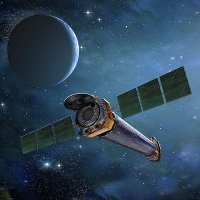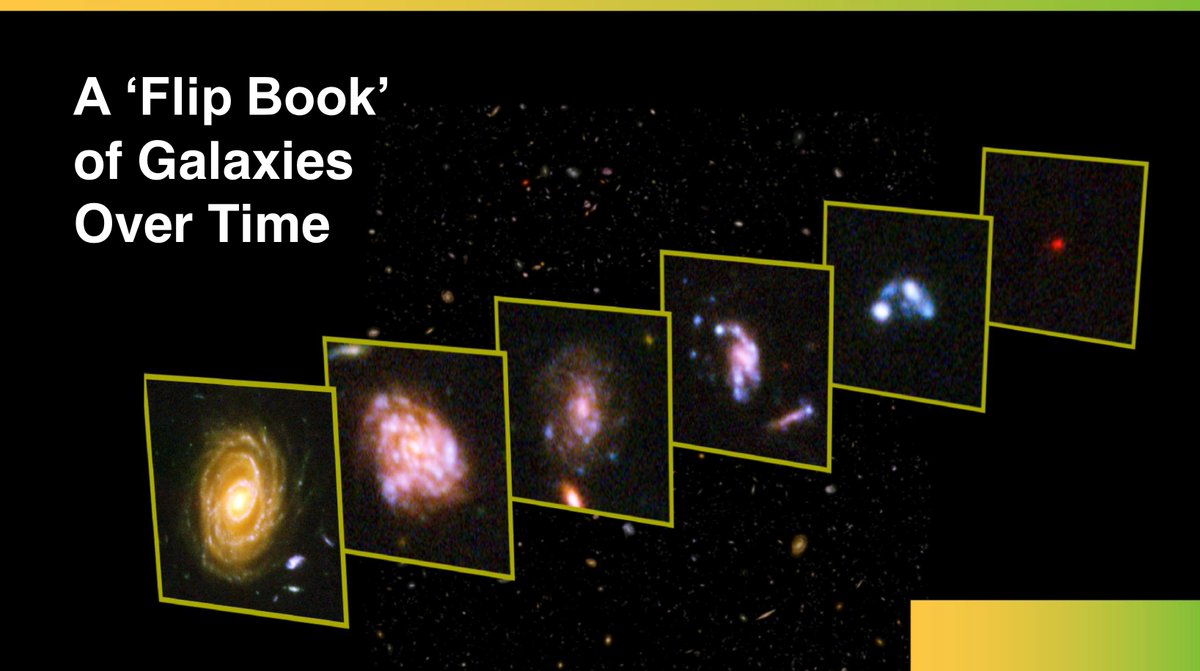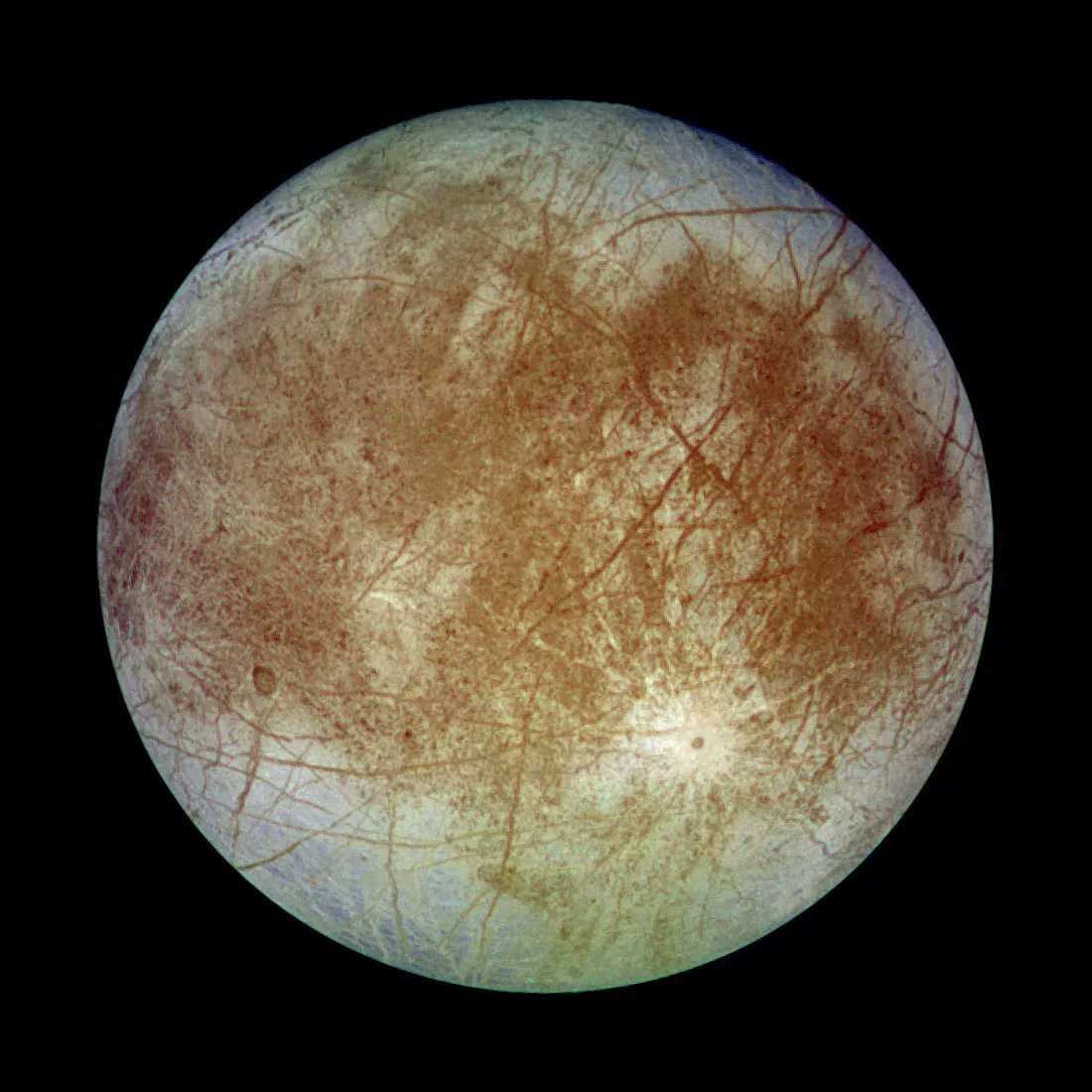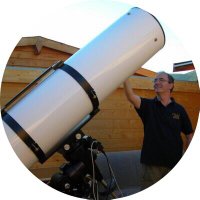
Alexander Priel
@alexanderpriel
Father of wonderful kids. Employed at Cove Forge. M.A. Applied Psychology PhD Candidate at Liberty University, concentration on I/O Psychology.
ID: 1170831277190201344
08-09-2019 22:48:37
243 Tweet
81 Followers
558 Following




Clay Travis Time to shit can this NFL protocol and let healthy players play. Good gracious, enough!





When NASA Webb Telescope starts sending its observations, we’ll start to see lots and lots of galaxies! Which types of galaxies can Webb observe? Take a guess—and check tomorrow for the #SpaceTelescopeQuiz answer! Credit: STScI.






A new framework for understanding habitable environments in our solar system points to seven potential habitable candidates. - Universe Today universetoday.com/154996/here-ar… by Andy Tomaswick
















